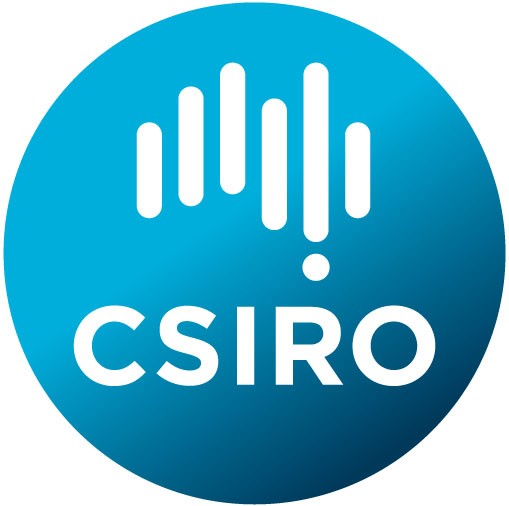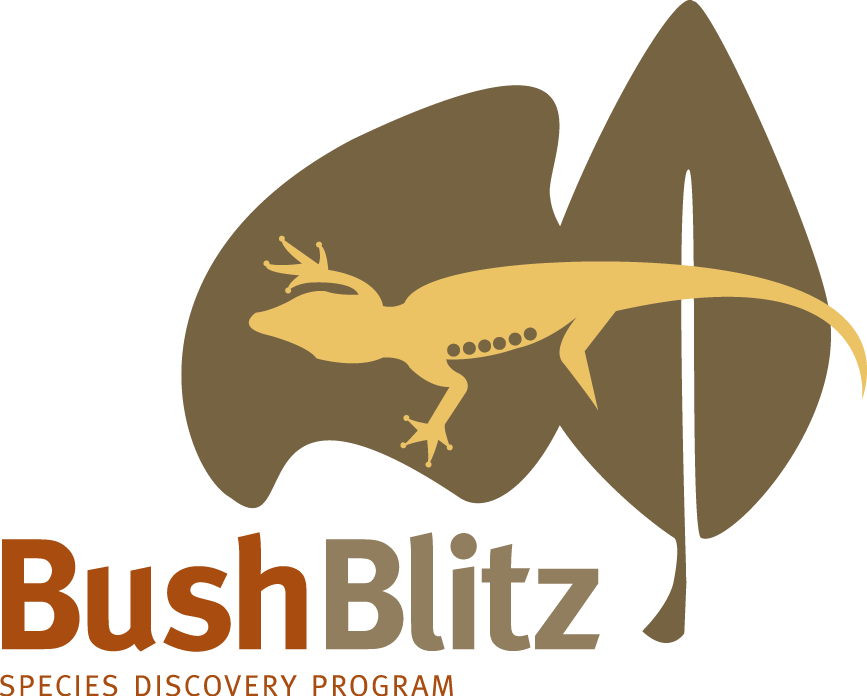Alexander N. Schmidt-Lebuhn & Kirsten Cowley
Now also available on ![]() Android and
Android and ![]() iOS
iOS
Description
A key to the species of the Cassinia group (Asteraceae: Gnaphalieae). They represent approximately 20% of the Australian Gnaphalieae, also known as the cudweed or everlasting paper daisy tribe, and are generally woody plants with a centre of diversity in southeastern Australia. As currently circumscribed the group comprises the large genera Cassinia and Ozothamnus as well as the small satellite genera Apalochlamys, Calomeria, Haeckeria, Ixodia, Odixia and Paenula. Most of these genera appear to be phylogenetically nested in Ozothamnus sect. Ozothamnus, but Ixodia and Ozothamnus sect. Hebelaena are more distantly related (Schmidt-Lebuhn & Constable, 2013).
After its original publication in 2017 the key has been updated in June 2018 to include newly described Cassinia sifton, Ozothamnus filifolius and O. vespertinus (Orchard, 2017; Schmidt-Lebuhn et al., 2018). An additional three undescribed species whose formal publication is in press have been temporarily withheld. The key will be updated to include them in the future. The key does not cover two hybrids; Cassinia x adunca is considered to be a hybrid of and intermediate between C. complanata and C. tegulata (Orchard, 2004), and Ozothamnus x expansifolius is a name for any presumed hybrid of O. hookeri regardless of the other parent and thus not a natural unit (M. de Salas, pers. comm.). Also not covered at this moment are the three informal phrase name taxa Ozothamnus sp. Boonoo Boonoo, O. sp. Ebor Falls, and O. sp. Mt Tomah.
The key was produced by CSIRO scientist Alexander Schmidt-Lebuhn and Kirsten Cowley at the Australian National Herbarium (CANB) through funding from the Bush Blitz Applied Taxonomy grant scheme. We would be grateful if mistakes or other feedback were communicated to the first author.
Notes on use
The following characters may be particularly useful for quickly narrowing down the possibilities during identification: capitulescence size, capitulescence structure, leaf dimensions, leaf shape, indumentum (hairs) of young leaves and stems, flowering head dimensions, whether involucral bracts are straight or radiating, and, in particular for smaller flowering heads, the number of flowers per head. (Note that leaf hairs refer to the surfaces, that is excepting hair types found only in the mid-rib groove on the upper side of young leaves.) Colour, texture or transparency of involucral bracts are somewhat more subjective and should be used with care, as their interpretation may differ a bit from person to person.
The key is deliberately written to minimise the use of technical terms (e.g. "leaf widest in apical part" instead of "leaf obovate to oblanceolate"). All morphological characters are illustrated, species are illustrated and have distribution maps, and the key provides species profiles and links to the Atlas of Living Australia. Below the character list the user will find options for taxonomic or geographic subselection, allowing for example to restrict the key to Tasmanian Ozothamnus, if so desired.
Acknowledgements
We are grateful to Anthony Orchard for lending his expertise on Cassinia to this project; Nunzio Knerr for helping with the generation of distribution maps; Miguel de Salas for helpful discussions on the distribution of several species in Tasmania; the herbaria AD, BRI, HO, NE, NSW, and PERTH for making available specimens for study; and Parks Australia for funding through the Bush Blitz Applied Taxonomy grant scheme. Bush Blitz is a partnership between the Australian Government, BHP Billiton Sustainable Communities and Earthwatch Institute.

